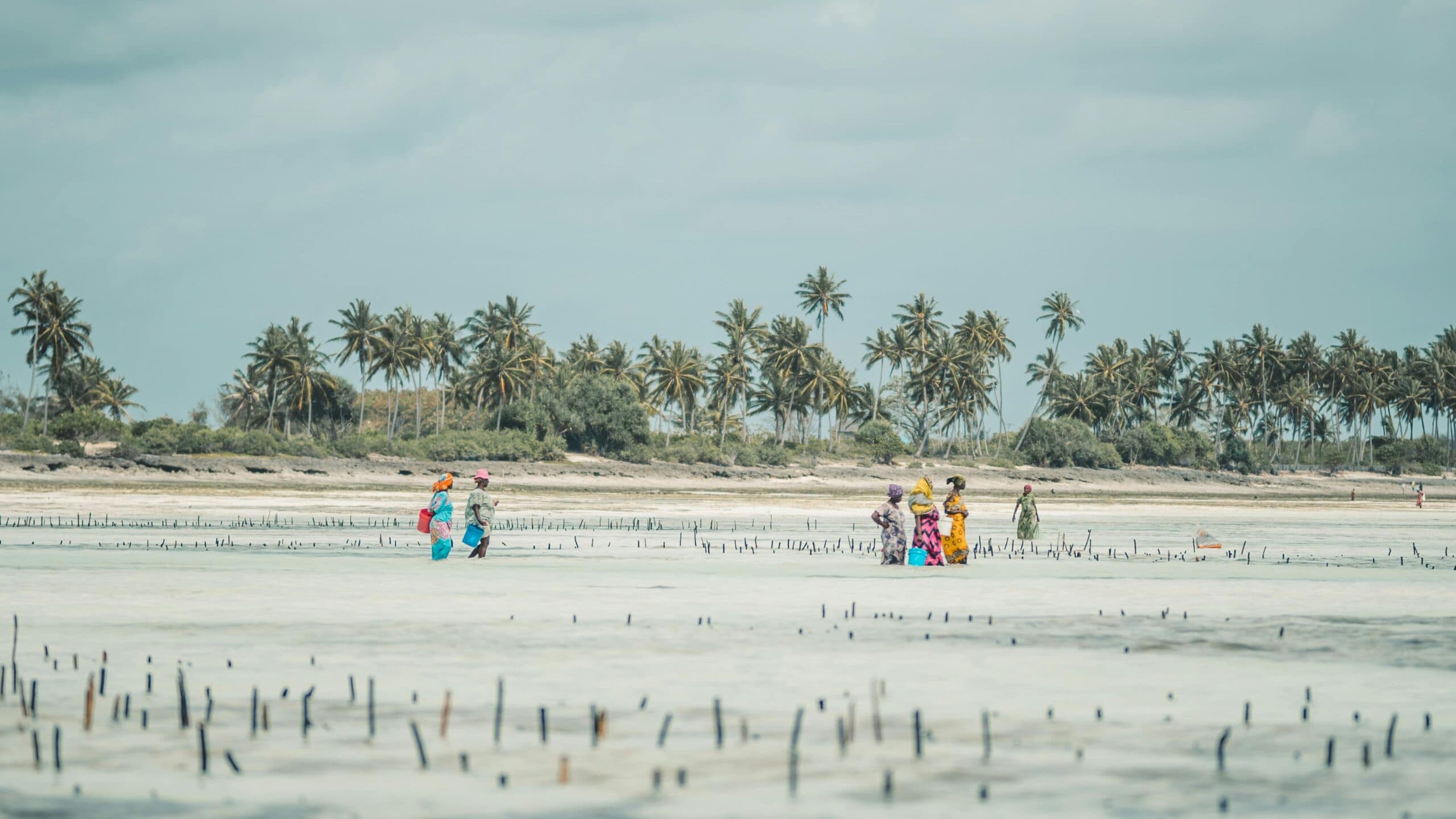The authors sourced voluntary commitment data from the online OOC commitments platform. To facilitate additional updates and ensure the accuracy of progress reporting, we conducted outreach to commitment-makers (809 representatives from 478 organizations and countries) in November and December 2024. Each representative received at least three requests for updates.
At least one progress update was reported for 66 percent of commitments on the platform. The level of detail provided in updates varied from updating the commitment’s progress status to detailed written updates with evidence.
We exported all commitment data on January 17, 2025, and cleaned and cross-referenced it against the nine annual OOC outcome reports produced by host governments (GoC 2015; GoG 2024; GoI 2018; GoN 2019; GoPanama 2013; GoPalau 2022; GoUS 2014, 2016).
Data Structure & Processing
From the existing data, we generated the following key indicators: sum of commitments, sum of pledged funds, sum of delivered funds, percent of completed commitments, percent of in progress commitments, and percent of not started commitments. We then disaggregated each of these across the six action areas and by year, sector, region, and ocean basin.

Key Indicators & Metrics
Core Metrics
Data Dimensions

Geographic Classification System
Major Regions: Each Region Contains Multiple Countries and Implementation Zones
To evaluate geographic distribution, we assigned organizations and countries with World Bank regional classifications: East Asia and the Pacific; Europe and Central Asia; Latin America and the Caribbean; Middle East and North Africa (MENA); North America; South Asia; and sub-Saharan Africa (World Bank 2025).
Ocean Basin Classifications
Pacific Ocean Basin, Atlantic Ocean Basin, Indian Ocean Basin, Southern Ocean Basin, Arctic Ocean Basin
This classification enables detailed geographic impact analysis and regional comparison of commitment implementation.

Equity Dimensions Framework
To assess equity dimensions, we identified commitments supporting gender outcomes and women, actions by or in support of leadership by Indigenous Peoples and local communities, and commitments by or in support of young people using key search terms (see accompanying dataset). We also identified commitments that were either made by or implemented in small island developing states (SIDS) and least developed countries (LDCs) (UN-OHRLLS 2025a, 2025b).
Data Analysis Methodology
We simplified the “progress” field from a sliding numerical scale (0–100 percent) into three discrete categories—“complete,” “in progress,” or “not started”—and consolidated “implementing organization sector” classifications, disaggregating academic institutions and combining NGOs and civil society organizations. To enable a deeper thematic analysis, we added the following variables to the dataset: ocean basin of implementation, year of completion, delivered funds, secondary action area, and the country and region of the commitment-maker. Additional variables were sourced exclusively from self-reported descriptions and progress updates provided by commitment-holders.

Thematic Policy Analysis
Secondary Action Areas
Recognizing the overlap among action areas (notably between the ocean-climate nexus and sustainable blue economy, and between sustainable fisheries and maritime security), we assigned a secondary action area where relevant. This was applied to 519 commitments (20 percent of the total).
Action Area Sub-Themes
We quantified the number of commitments by specific policy area using key search terms (see accompanying dataset) and drew from the relevant primary and secondary tags (e.g., the number of offshore wind commitments includes those submitted either as ocean-climate or blue economy). This was the only analysis in which we used secondary action areas.

Data Cleaning and Validation
Intervention Types
Affected Commitments
Most Common Edits
Updates to financial pledges and currency standardization
Data Limitations & Transparency
As we were not able to independently verify all commitments and their levels of completion, our analysis assumes that self-reported updates provided by countries and organizations are accurate and up-to-date. A lack of a standardized monitoring framework and common performance indicators means we cannot quantify commitments’ real-world impact on the ocean.
To focus on substantive ocean action, this analysis excludes 13 commitments (equivalent to $4.7 million) made under the “Future Our Ocean Conferences” action area. These are funding commitments to support hosts with running OOCs.
It should also be noted that the maritime security action area was introduced by the host government of Indonesia in 2018 and this classification was retroactively applied to previous commitments following the creation of the OOC platform in 2019.
Due to the global scope of the dataset and large number of organizations and countries making commitments, data collection was a considerable challenge.
Finally, while levels of representation and ambition within the commitment dataset may provide important trends, they are inherently skewed toward OOC participants and therefore may not accurately reflect the full distribution of global ocean action. Nor do commitment data alone fully represent the number and diversity of stakeholders, regions, and sectors engaging in and benefiting from OOCs (i.e., from participation, collaboration, and knowledge-sharing opportunities at the conferences).

Analysis Constraints
Data Gaps
Reporting Limitations
Self-Reported Data

Data Verification Process
Value Preservation
Original commitment values preserved where possible.
Transparency
All data cleaning edits and thematic tags are noted in the accompanying dataset.



